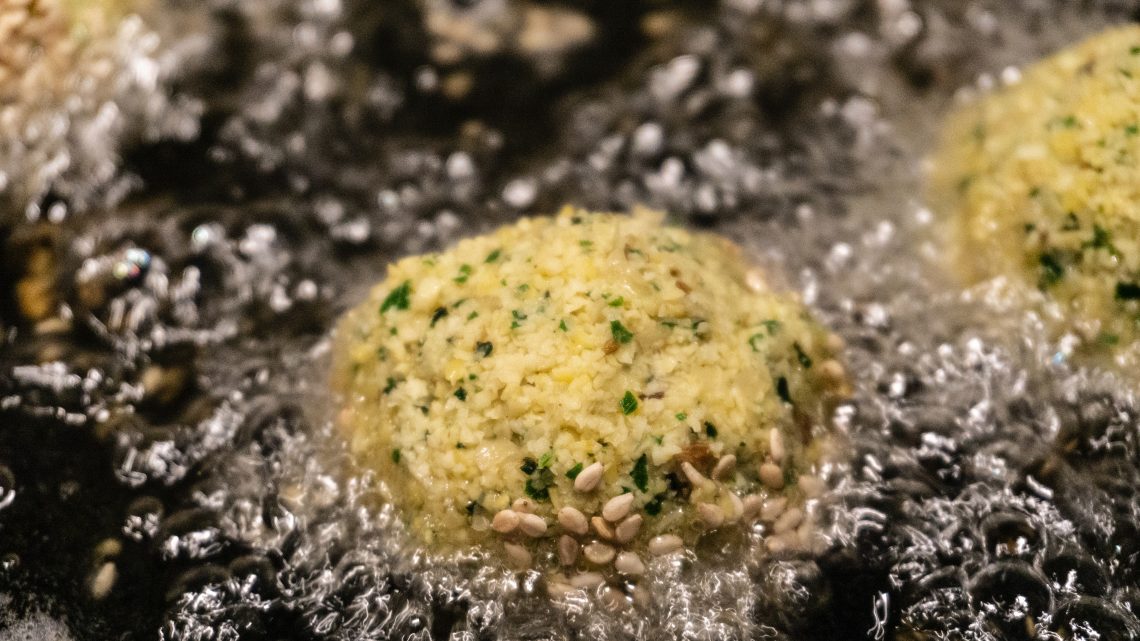hemp is a variety of cannabis sativa that contains greater proportions of cannabidiol (CBD)
Cannabis’ wide range of therapeutic applications has sparked the imagination of manufacturers and consumers alike. This is primarily due to the potential health benefits associated with cannabinoids and terpenes contained in hemp and marijuana.
While marijuana is renowned for its high levels of tetrahydrocannabinol (THC), hemp is a variety of cannabis sativa that contains greater proportions of cannabidiol (CBD). Hemp buds are legal and contain lesser amounts of THC, making them a viable option for those who want to reap the health benefits without getting high.
Cooking with Hemp
There are many ways to incorporate hemp into your cooking, the most common involve adding either hemp seed (also called hemp hearts) or hemp oil into dishes. The ideal temperature will depend not only on your ingredients but the form of hemp you choose to use.
Below, we’ll go over the best temperature ranges for both hemp seed and hemp oil, as well as the reasons why staying within them is recommended.
Hemp Seed
Hemp seed is best cooked at temperatures lower than 76°C (350°F). Lower temperatures help to preserve the seeds’ health-promoting compounds, such as polyunsaturated fatty acids and protein.
High-heat cooking can cause hemp seeds to decompose, which can make them less nutritious while producing some unpleasant flavours and ruining a dish’s flavour composition. If a recipe calls for higher temperatures, it is best to preheat the hemp seed in a lower-temperature oven, only adding it close to the end so as to expose it to higher temperatures for as little time as possible. This helps preserve its nutritional content without compromising the desired flavours and textures.
Additionally, pre-heating will also help ensure that the hemp seed does not burn or become overly dry. Cooking hemp seed at low temperatures is the best way to ensure you get the most nutrition out of your food.
Another way to ensure you’re getting the maximum nutritional benefit from hemp seed is to lightly toast it around 190°C (375°F), or dry roast it before adding it to dishes or using it as a garnish. Toasting will not only add flavour and crunch, but can also help preserve some of the nutrient content of the seeds.
Hemp seeds are a great addition to any kitchen, and cooking them correctly can help you get the most out of your food while also adding texture.
Hemp Oil
When cooking with hemp oil, it is important to use low to medium heat and carefully monitor your temperature when first heating the oil. It has a low smoke point of 165°C (330°F) but can withstand temperatures up to 246°C (475°F) before it begins to quickly break down, making it a poor choice for frying.
For the best results, keep temperatures between 163-204°C (325-400°F) when using hemp oil for cooking, with shorter cook times. This allows the oil to retain its health benefits and flavour without breaking down or burning.
Additionally, keeping temperatures within this range can help you avoid any potential safety risks that come with cooking at higher temperatures. Hemp oil is a great ingredient for a variety of recipes, just use this temperature range as a guideline to ensure the tastiest results while maximizing the health benefits.
Things to Consider When Choosing Between Hemp Seed and Hemp Oil
When deciding whether to use hemp seed or hemp oil for cooking, it’s important to consider the final result along with your desired flavours.
Cooking Method & Flavor
Hemp seeds have a nutty flavour that can be used to add texture and a pleasant taste to dishes like salads, yoghurt, smoothies, cereals or granola bars. On the other hand, hemp oil has a mild, nutty flavour that can be used to add a subtle flavour to dishes like salad dressings, dips and marinades.
Hemp oil is also great for sautéing vegetables or creating sauces because it can tolerate high heat without breaking down. Choosing the right cooking method for each ingredient will ensure the best outcome for each dish. Ultimately, it is up to the cook to decide which of these ingredients will work best for the recipe.
Nutritional Content
In addition to considering flavour and cooking methods, cooks should also consider the pure hemp benefits, for example, that hemp seeds contain more protein than hemp oil. Only 30g of hemp seed contains approximately 9.47g of protein, while hemp oil contains none.
The protein content is especially important for those monitoring their macronutrient consumption. Make sure to account for this difference when deciding which to use with the intent of either avoiding or boosting protein intake.
Ultimately, both hemp seed and hemp oil can be used in a variety of dishes for their health benefits and flavour profiles. It’s important to weigh the pros and cons of each ingredient to determine which one will work best for the recipe at hand. By taking into account flavour, cooking method and protein content, cooks can determine which of the two would be ideal for their recipes.










